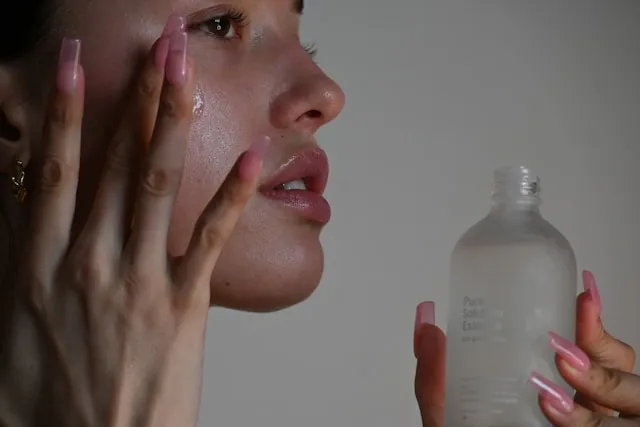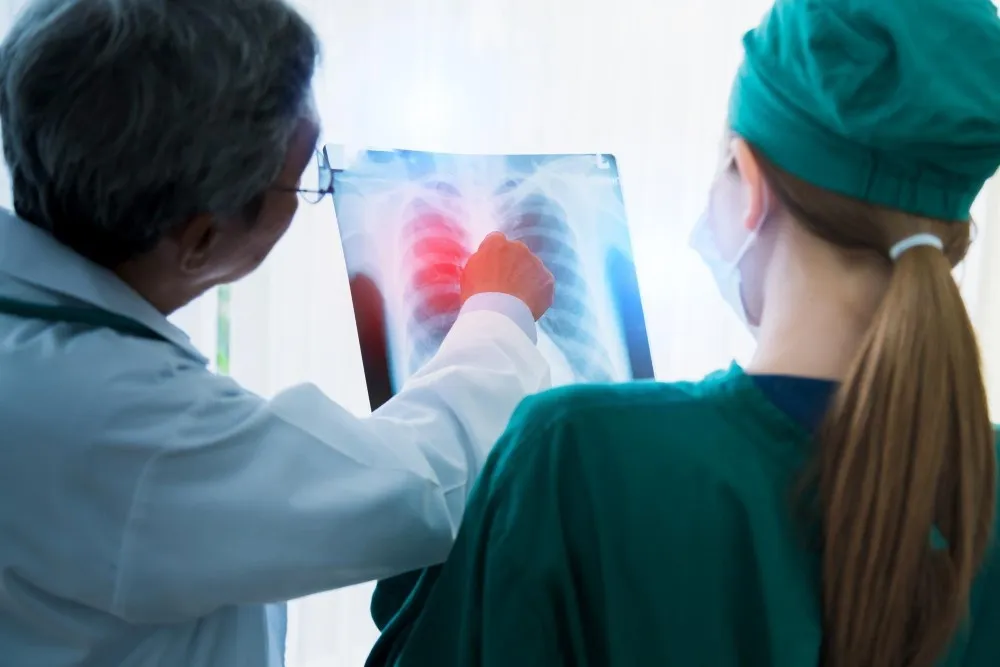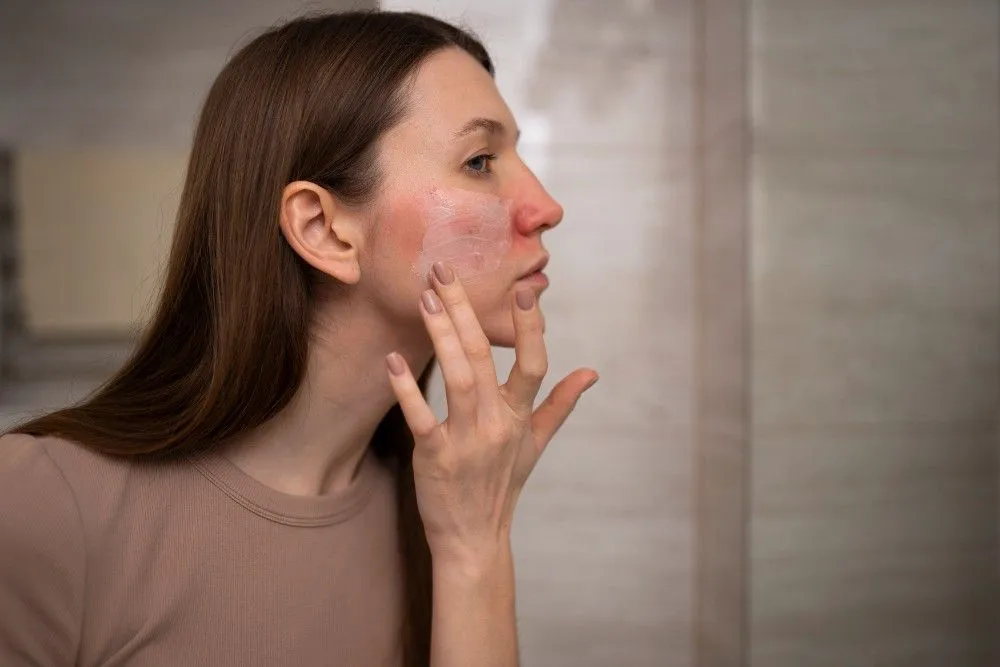What is a breast lump?
A breast lump is a swelling, bulge or protuberance in the breast that feels different from the surrounding breast tissue. Breast lumps or any change in the normal appearance and feel of your breasts may worry you about breast cancer. Though, majority of breast lumps are non-cancerous or benign in nature and can form due to a variety of reasons, it is advised to routinely conduct self-palpation (or breast self-examination) to notice out of the normal changes in your breasts.
Why is it important to conduct breast self-palpations?
A monthly breast self exam is vital for every woman to know what is normal for your breasts so that you will be able to quickly detect abnormal changes that might signal breast cancer. You will be able to detect subtle changes early on, even before the routine yearly examination by your doctor. Detection of a breast lump in its earliest stages increases the chances of a cure if the lump is later identified to be cancerous. You will have better options of treatment available and will be able to prevent it from advancing to a more serious condition.
What you need to know about breast self palpations?
Breast exams are recommended for all women over the age of 20. Breast self-examination involves checking your breasts for lumps or other changes in appearance, using your eyes and hands in standing and lying positions. Begin with a visual examination in a mirror by keeping your shoulders straight and arms on hips.
- Look for usual size, shape and colour of breasts, and that there is no visible distortion or swelling.
- Raise your arms and look for the same changes. Look out for inverted nipples or any signs of fluid coming out of one or both nipples.
Next, use your hands to examine your breasts. This is done in two positions - lying down and standing (commonly in the shower).
- Lying down. The breast tissue spreads out when you lie on your back, making it thinner and easier to feel. Using the first few finger pads of your hand, and fingers flat together, feel your breasts with a firm, smooth touch. Use different pressure depths for different tissues - light pressure to feel the tissue closest to the skin, medium pressure for deeper tissues, and a firm pressure for tissue next to the ribs. Follow a pattern to cover the entire breast, but make sure you cover the whole area from top to bottom and side to side.
- In the shower. Lather your finger pads and breasts with soap while standing or sitting in shower and follow the same movements as used while lying down.
What precautions or steps are necessary for a breast self-palpation?
You can take the help of your doctor in learning how to conduct a self-exam. Choosing the right time in your menstrual cycle is important, as hormone levels fluctuate each month causing changes in the breast tissue. The best time to perform a breast self-palpation is a few days after your period ends.
What should you look out for while performing breast self-palpation?
Once you start to routinely examine your breasts, you will become familiar with how your normal breast feels like. You will be able to notice changes or lumps at different times of your menstrual cycle. Breast tissue also undergoes changes as you age, becoming less dense and more fatty. However, consult a doctor if you observe the following:
- An unusual lump that doesn't go away after your next period
- Changes in the skin of your breast - colour, texture, bulges or ridges, dimples, puckers
- Redness, swelling, rash, itching or scales
- A nipple that is pushed in rather than sticking out (inverted)
- Nipple discharge
What risks should you take care of while performing breast self-palpation?
While there are no harmful effects of conducting a self-exam, how you approach your self-exam every month and interpret your own results can be a cause of concern. These include:
- Self-exam is not a concrete test: A breast exam does not reduce or prevent the occurrence of breast cancer, but aids the early detection of breast abnormality that may stem from breast cancer. You must visit your doctor at the earliest for further screening if you notice any changes in your breast tissue.
- Not all breast lumps are cancerous: Finding a lump in your breast can make you anxious. It is important to know that most changes or lumps that you will come across are benign (non-cancerous). However, it can be a source of distress till the time you visit your doctor and undergo examinations and tests to confirm that the lump is not cancerous.
What treatment modalities are available for management of breast lumps?
Your doctor will conduct a clinical breast exam and may follow up with a mammogram and ultrasound. In most cases, a non-cancerous (benign) lump requires no treatment, unless it is very large and is causing you pain. Your doctor will guide you through any treatment, if required or recommend short-term monitoring followed by tests in few months.
How can you prevent breast lumps from happening or recurring?
Most breast lumps cannot be prevented because they are caused by hormonal changes that you have no control over. However, you can identify a breast lump as soon as it develops through regular breast self exams and get it checked by your doctor to rule out breast cancer.
Join our Cancer group for regular updates.
List of Best Cancer Doctors across India
Best Oncologist in Delhi NCR | Best Oncologist in Mumbai Region | Best Oncologist in Kolkata | Best Oncologist in Hyderabad | Best Oncologist in Chennai |

Reviewed by







